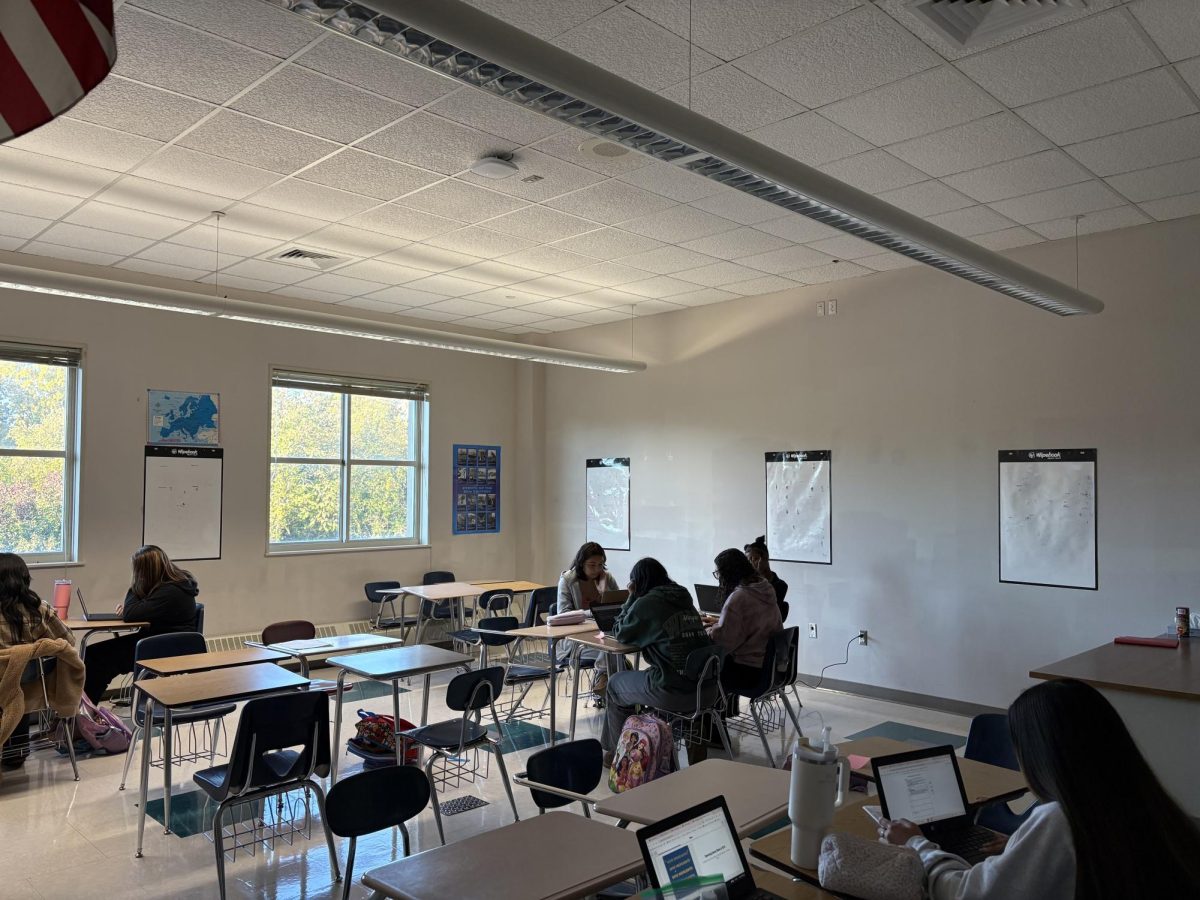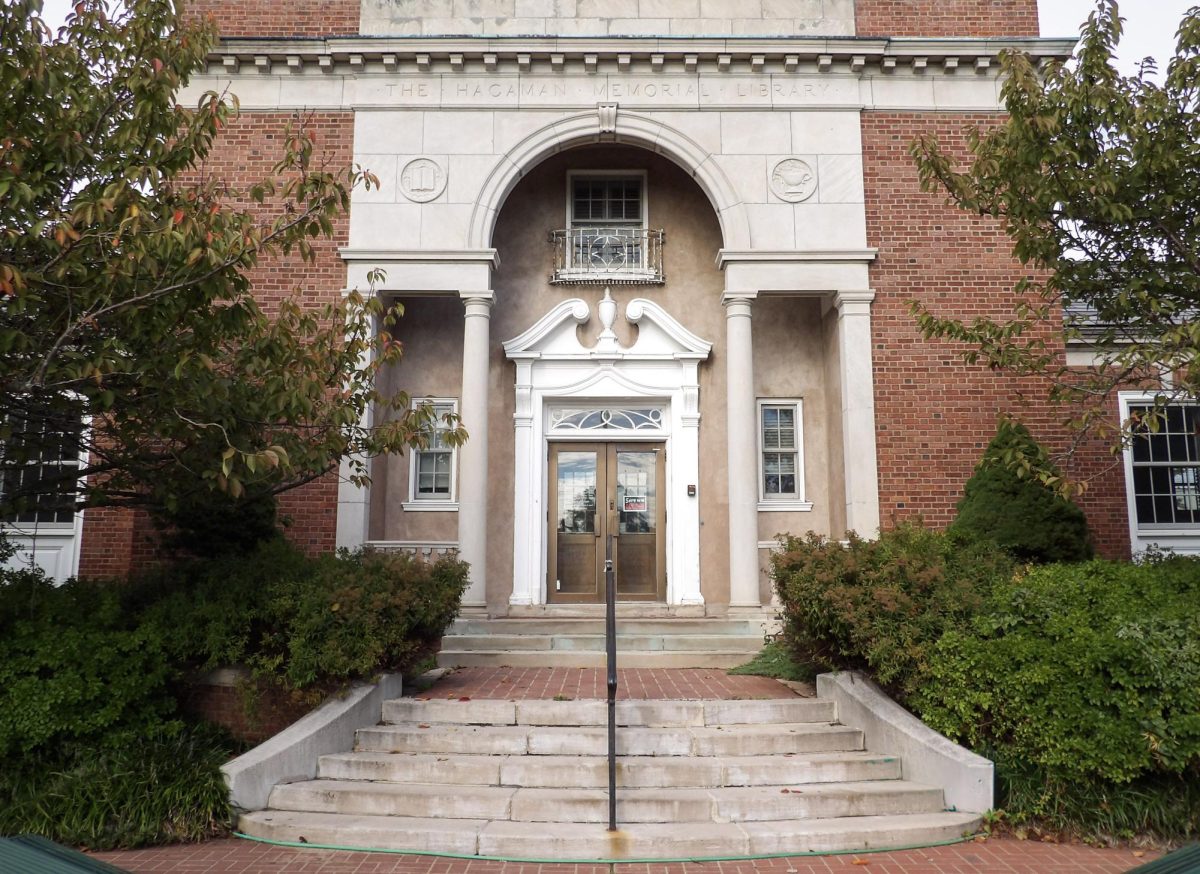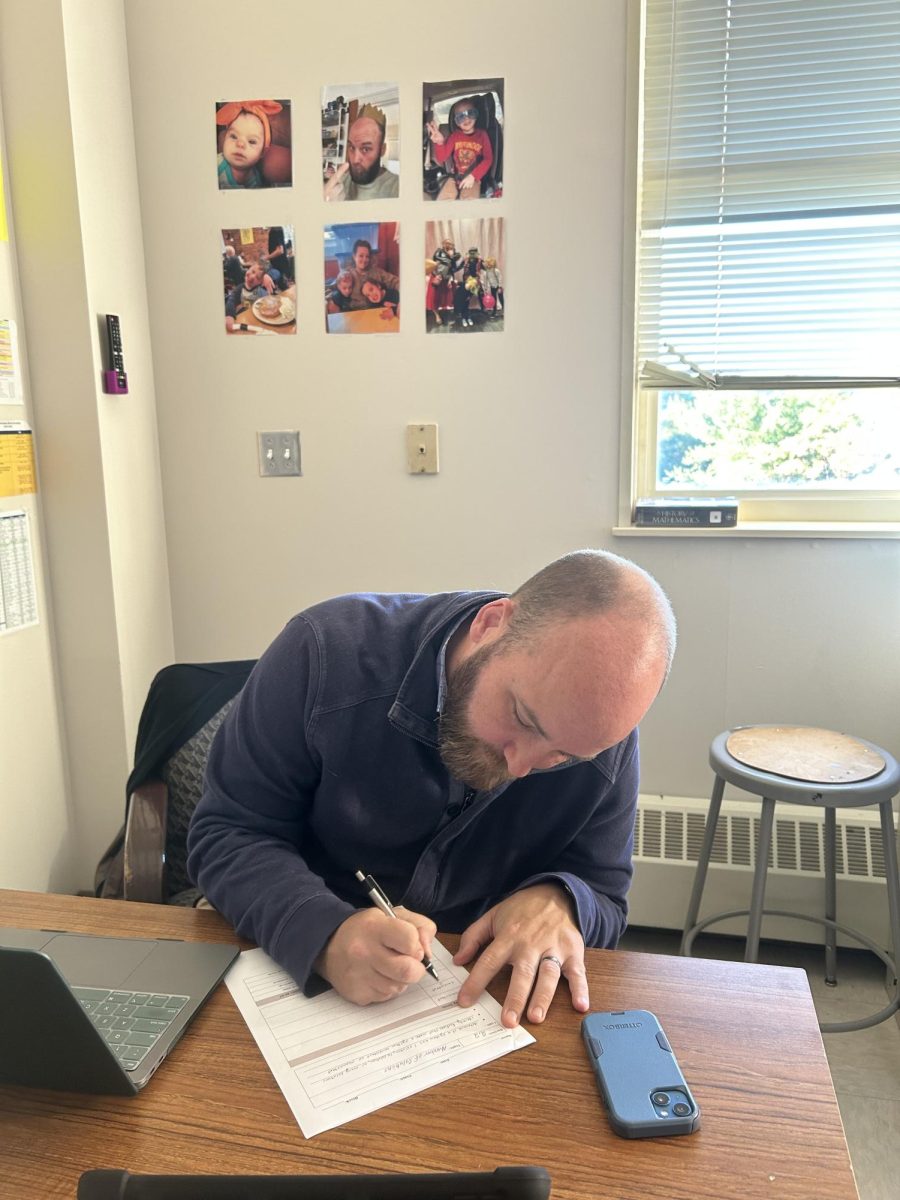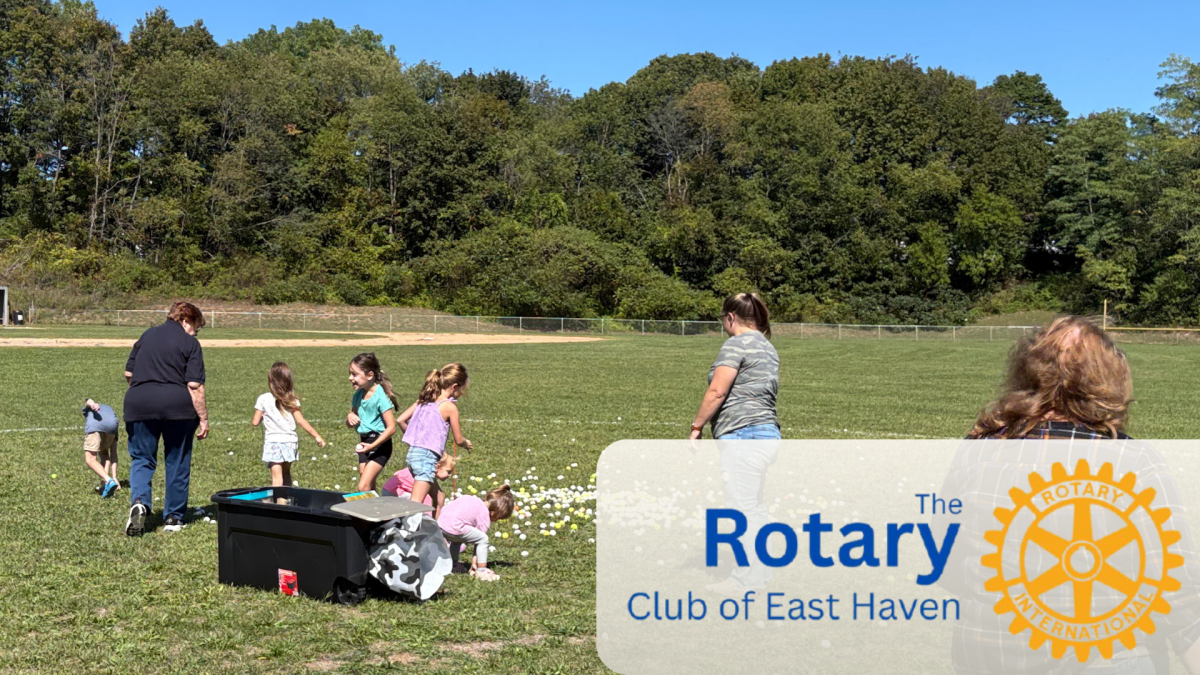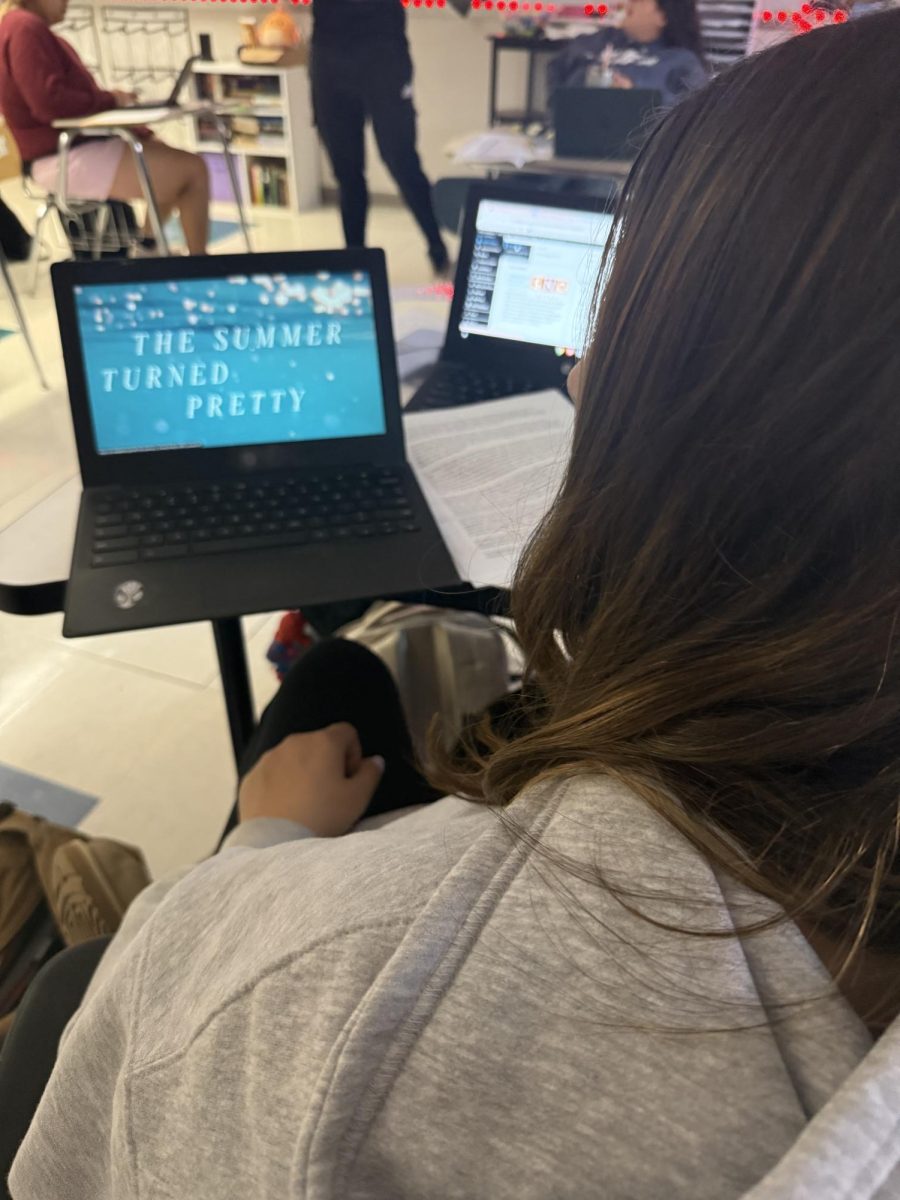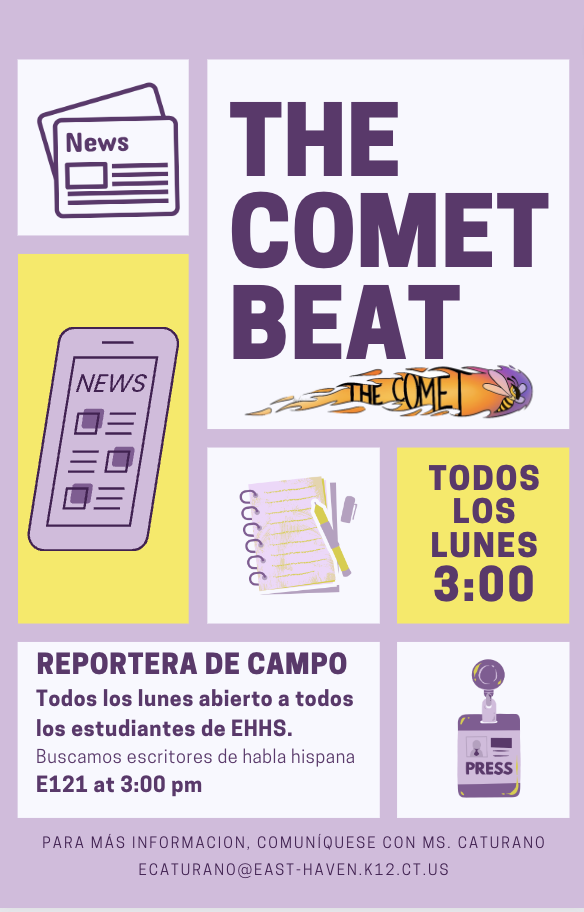Members of the EHHS Science Department have expressed interest in including more environmental health related activities into their curriculum in order to make a bigger impact on climate change. In light of Earth Day this past month, elementary and middle school students in Connecticut did some art projects and gardening to highlight the importance of recycling, spread awareness about littering and pollution, and to celebrate the event.

However, high schoolers in EHHS and in other high schools in the surrounding area did nothing, which calls attention to a deeper underlying issue with how environmental awareness in general is often neglected, especially once students get older. This has brought up a very important question: Why don’t high schools, and by extension colleges and other forms of higher education, prioritize teaching about environmental issues, improving pollution and climate change, and implementing environmental-friendly protocols such as recycling? Upon further inspection, it is due to a number of factors including costs, and the pressure and strict deadlines placed on high school teachers. Science teachers Mrs. Ruggiero and Mrs. Blanker made some statements about the issue when asked about their thoughts.
Mrs. Ruggiero emphasized the importance of taking action to combat climate change, and suggested that incorporating environmental awareness-themed lessons and activities into the curriculum throughout the year might be more effective than doing a small activity on Earth Day. Elementary and middle school students only discuss surface-level information on climate change, but high schoolers are older and can handle more complex conversations, and make a bigger impact. She suggested that we advocate for Earth Day activities in high schools to go deeper than current elementary and middle school activities and encourage lifestyle changes. For example, holding onto our phones and devices longer rather than buying a new one every year.
Mrs. Blanker would also like to include more environmental and climate change-themed lessons into her yearly curriculum, and have more department-level Earth Day activities added on. She suggested, “Individual teachers could each teach a lesson focusing on climate change, pollution, recycling, etc on Earth Day, and maybe students could plant stuff or do a hands-on activity as well.”
However, it is difficult to include these things when high school teachers have specific goals and deadlines that they must meet as instructed by their bosses and school districts. Mrs. Ruggiero stated, “It’s a much bigger problem that is outside of high school teacher’s hands.”
Mrs. Kimberly Caturano, a New Haven Public Schools Teacher working with elementary school students, was also asked about her thoughts.
She brought up how elementary school teachers have a lot more flexibility than high school teachers when it comes to the activities and lessons that they can include in their curriculums. They aren’t as pressured to meet deadlines, and have the ability to incorporate more fun activities for days such as Earth Day. Students at Mrs. Caturano’s school even had an Earth Day competition, where students were tasked with recycling as many bottles as possible in order to win a reward, which influenced students to participate. She said that it would be nice to see competitions like that happen on the high school level. That being said, environmental awareness in schools is still lacking, especially in high schools, and it is mainly because of costs. Mrs. Caturano stated, “It’s expensive to recycle, which is why schools don’t do it. Everything that is put in the recycling bins doesn’t actually get recycled. It ends up in the trash with all the other waste.”
According to CT.gov, the average cost to recycle per ton in the state of Connecticut is $30-$70. It is required by state law that schools recycle, however, this rule is not always followed or enforced.
What are the solutions?
This is a nuanced topic with no easy fix, but from the information gathered, some possible solutions include providing better funding to high schools, that way more money could go towards recycling, implementing more environmental-friendly activities such as planting, and giving more freedom to high school teachers to discuss or include these topics into their curriculums. This is not a problem that teachers or students themselves can solve, and high schools should invest in and prioritize keeping our planet healthy. As of this year, EHHS has been taking steps to include more eco-friendly activities in our school, and is going in a positive direction when it comes to promoting environmental health. A garden was started up by Culinary teachers John and Heather Profetto in the Culinary Department, and it has been growing in popularity and has seen a lot of success since its opening. Students taking the Environmental Science course have also started growing plants outside, and are discussing ways that they can improve the environment in our local community.


